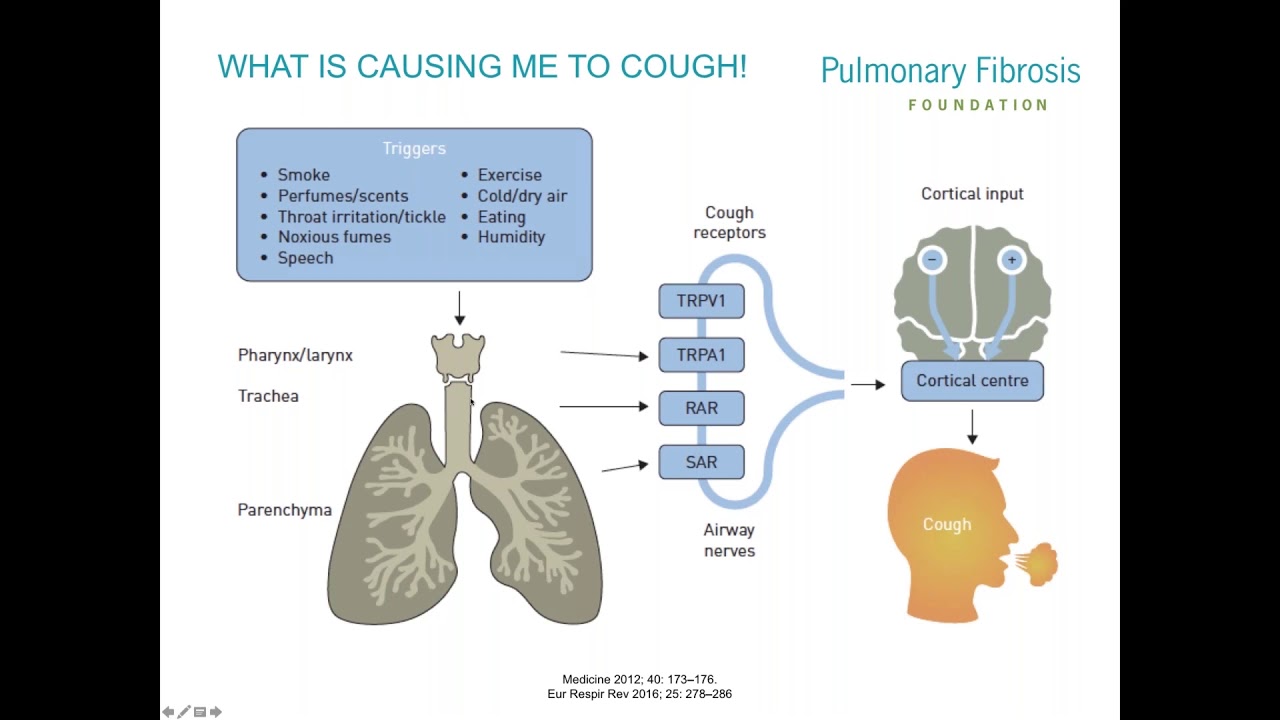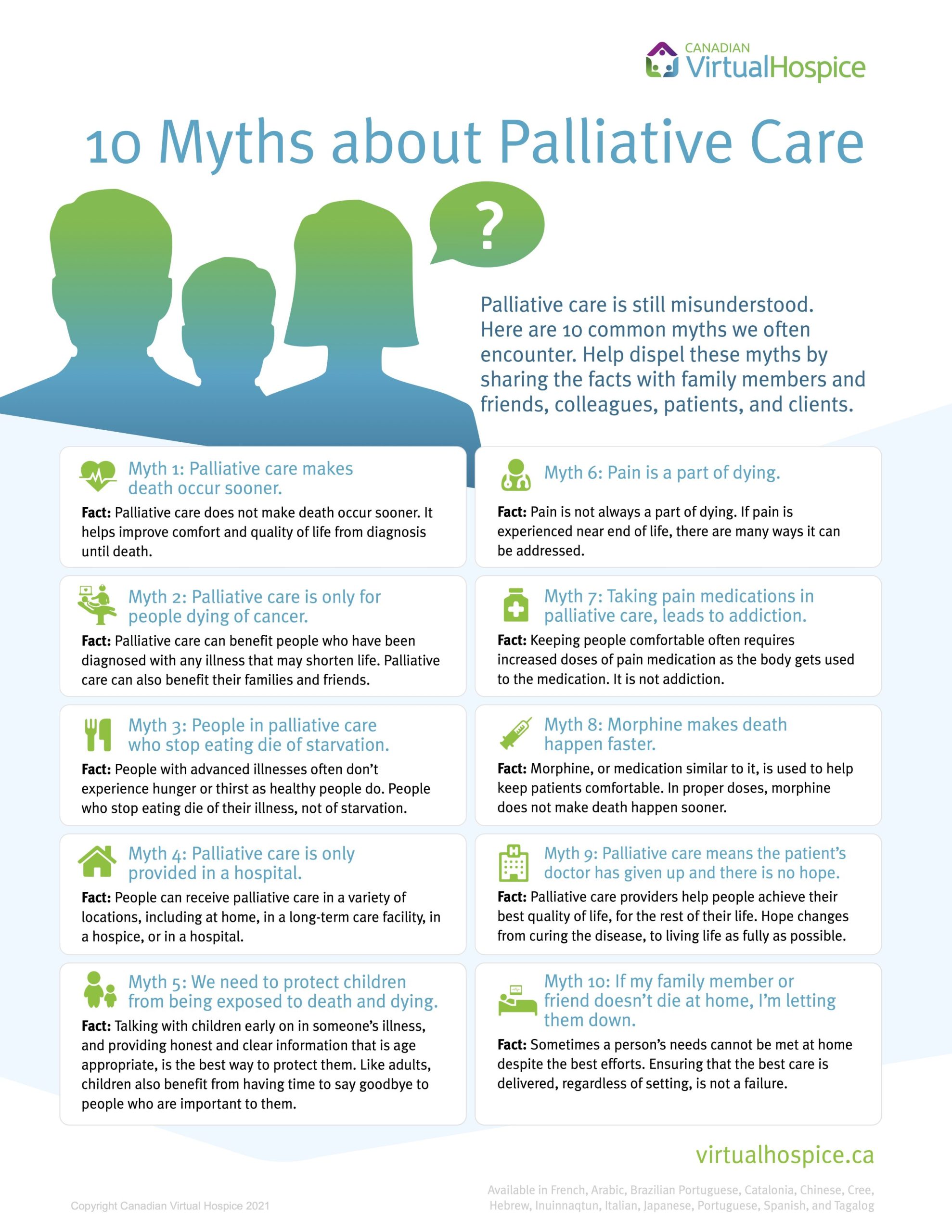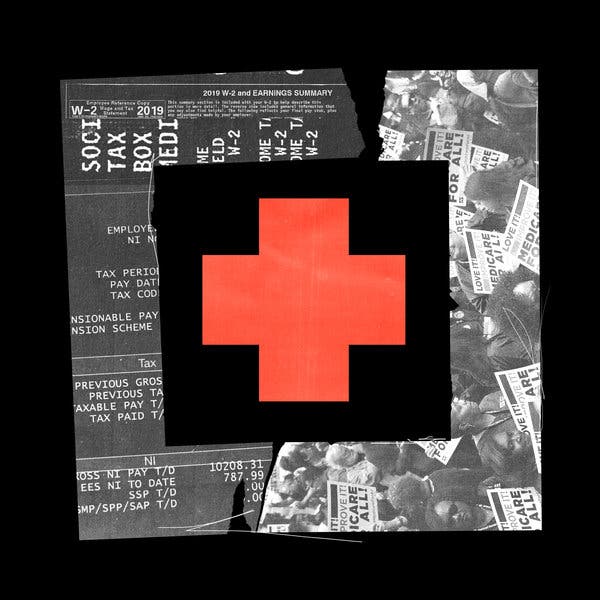
You may be considering a hospice visit for your loved one. Many people have many questions about hospice care. We will address some of the most common questions and dispel myths about hospice care in this article. We will also discuss treatment options offered by hospices and the cost of hospice care. We will also examine the various options available to patients who are close to the end. These questions should help you make informed decisions about hospice care.
Answers to frequently asked questions about hospice care
It's possible to wonder if hospice care might be right for your loved one if you have recently found out that they are suffering from a terminal disease. Hospice care can often be covered by insurance and Medicaid agencies. Hospice care might be the best option for your loved one if they have less than six months of life expectancy. If your loved one is doing well, hospice care can be terminated and you can pursue curative treatments.
Hospice care is unique in that it focuses on the person and not the disease. Hospice care emphasizes quality of living while offering comfort and support for the patient and their families. Hospice staff will be patient-centered and will take into consideration each patient's individual needs. They will also coordinate any additional services that may be required. So you don't have feel alone in understanding your loved ones' needs.

Common myths concerning hospice care
Many people may not be familiar with hospice care. Although hospice care is a positive experience for many, there are many myths. So that you are able to better understand hospice care, we'll be discussing some of the most commonly held myths. Here are some facts and figures about hospice care.
Some people believe hospice care is reserved for the very terminally ill. While hospice care does provide specialized treatment for terminally ill patients it doesn't allow them to live with dignity. The idea that hospice care is a death sentence is simply not true. Many patients experience improvements and doctors can allow them to be discharged. Following treatment, patients may need follow-up care. These myths could discourage someone from seeking hospice treatment.
Hospices offer several treatment options
Medicare pays a portion of the costs for hospice care. Medicaid and private insurance both cover certain costs. However, hospices are not able to refuse patients who lack the funds. While some private insurance plans will cover hospice care, others have very specific coverage requirements. If you do not have any private insurance, the social worker at the hospice will be able to help you determine whether your policy covers it. A sliding-scale fee arrangement is available for people who can't pay for hospice care.
Many people are reluctant to ask questions of their doctors and other medical professionals. But it is vital to ensure that you are receiving the best care possible during this difficult time. For instance, hospices should be transparent about the ratio of patients to caregivers, whether they have doctors on call after hours, and how much continuity of care is provided. These details are vital because you want peace of mind about the care you're getting. Here are some questions you should ask your hospice care provider.

Hospice care costs
Hospice care is less expensive than inpatient standard care. Patients who are in their last week of existence have less out-of-pocket expenses than those who do not receive hospice care. Even if Medicare costs are not taken into account, the hospice out-of pocket costs for patients in their final week of life were significantly lower than that of non-hospice residents for three, four, six, and twelve months.
Medicare bill and Medicare history files are used to estimate the costs of hospice care. These files only include Medicare-reimbursable services. Medicare-based doctors do not include outpatient services and fee for service physicians. While cost estimates include hospice staff physician expenses, they don't include out-of pocket expenses or third party payments. Although it can sometimes be difficult to estimate the costs of hospice care, the evidence suggests that this can be a great option for many patients.
FAQ
What role does the public health officer play?
Participating in prevention activities can help you protect your health as well as the health of others. By reporting illness and injury to health professionals, you can improve public health.
What is "health promotion"?
Health promotion refers to helping people stay healthy and live longer. It focuses on preventing sickness rather than treating existing conditions.
It includes activities like:
-
Right eating
-
Sleeping enough
-
exercising regularly
-
Staying active is key to staying fit
-
Not to smoke
-
managing stress
-
keeping up with vaccinations
-
Avoiding alcohol abuse
-
Regular checkups and screenings
-
learning how to cope with chronic illnesses.
What is an infectious disease?
An infectious disease is caused by germs (bacteria, viruses, or parasites). Infectious diseases spread quickly through close contact. Mumps, rubella (German Measles), whooping cough, rubella (German Measles), measles and mumps are some examples.
What are the benefits of having medical systems?
Many people living in poor countries lack basic healthcare facilities. Many people living in these areas will die before they reach their middle years from diseases such as tuberculosis.
The vast majority of people in developed nations have regular checkups. Minor illnesses are usually treated by their general practitioner. Many people are still suffering from chronic diseases like heart disease and diabetes.
What are the services of health care?
The most important thing for patients to know is that they have access to quality healthcare at any time. We're available to assist you with routine or urgent care.
We offer many types of appointments including walk-in surgery, same-day operation, emergency department visits, outpatient procedures and so on. We offer home care visits to those who live far from our clinic. We will ensure that you get prompt treatment at the nearest hospital if you aren't comfortable visiting our clinic.
Our team includes pharmacists, dentists and other professionals committed to excellent patient service. Our goal is to make each visit as painless and convenient as possible.
Statistics
- About 14 percent of Americans have chronic kidney disease. (rasmussen.edu)
- Over the first twenty-five years of this transformation, government contributions to healthcare expenditures have dropped from 36% to 15%, with the burden of managing this decrease falling largely on patients. (en.wikipedia.org)
- Price Increases, Aging Push Sector To 20 Percent Of Economy". (en.wikipedia.org)
- Healthcare Occupations PRINTER-FRIENDLY Employment in healthcare occupations is projected to grow 16 percent from 2020 to 2030, much faster than the average for all occupations, adding about 2.6 million new jobs. (bls.gov)
- For instance, Chinese hospital charges tend toward 50% for drugs, another major percentage for equipment, and a small percentage for healthcare professional fees. (en.wikipedia.org)
External Links
How To
What are the Four Health Systems?
The healthcare system includes hospitals, clinics. Insurance providers. Government agencies. Public health officials.
This infographic was created to help people understand the US healthcare system.
Here are some key points.
-
Annual healthcare spending amounts to $2 trillion, or 17% of GDP. It's nearly twice the size as the entire defense budget.
-
Medical inflation reached 6.6% last year, higher than any other consumer category.
-
Americans spend on average 9% of their income for health care.
-
There were more than 300 million Americans without insurance as of 2014.
-
Although the Affordable Care Act (ACA), has been passed into law, it is not yet fully implemented. There are still gaps in coverage.
-
A majority of Americans believe the ACA should be maintained.
-
The US spends more than any other nation on healthcare.
-
Affordable healthcare would lower the overall cost by $2.8 Trillion annually if everyone had it.
-
Medicare, Medicaid, as well as private insurers, cover 56% all healthcare expenditures.
-
These are the top three reasons people don’t get insured: Not being able afford it ($25B), not having enough spare time to find insurance ($16.4B), and not knowing anything ($14.7B).
-
HMO (health management organization) and PPO(preferred provider organisation) are the two types of plans.
-
Private insurance covers the majority of services including doctors, dentists and prescriptions.
-
The public programs include hospitalization, outpatient surgery and nursing homes. They also cover long-term care and hospice care.
-
Medicare is a federal program that provides senior citizens with health coverage. It pays for hospital stays and skilled nursing facility stays.
-
Medicaid is a program of the federal and state governments that offers financial assistance to low-income people and families who earn too much to be eligible for other benefits.